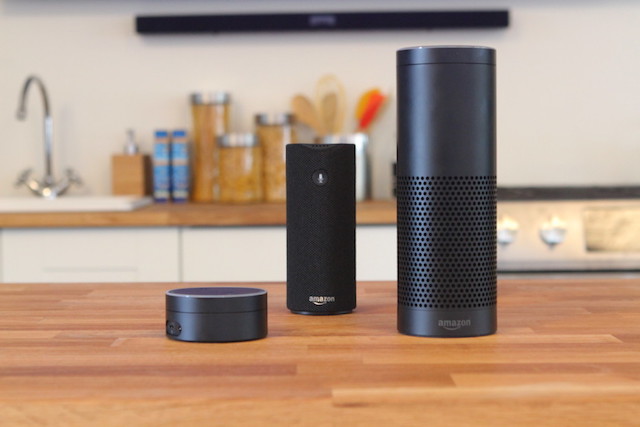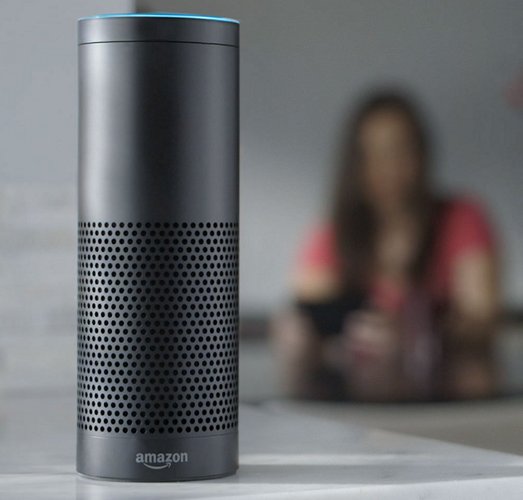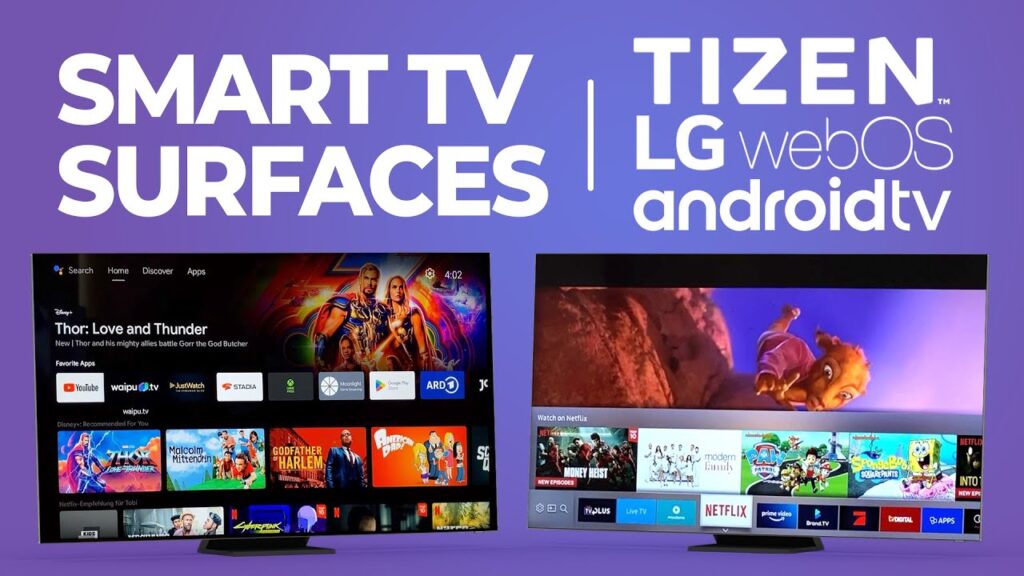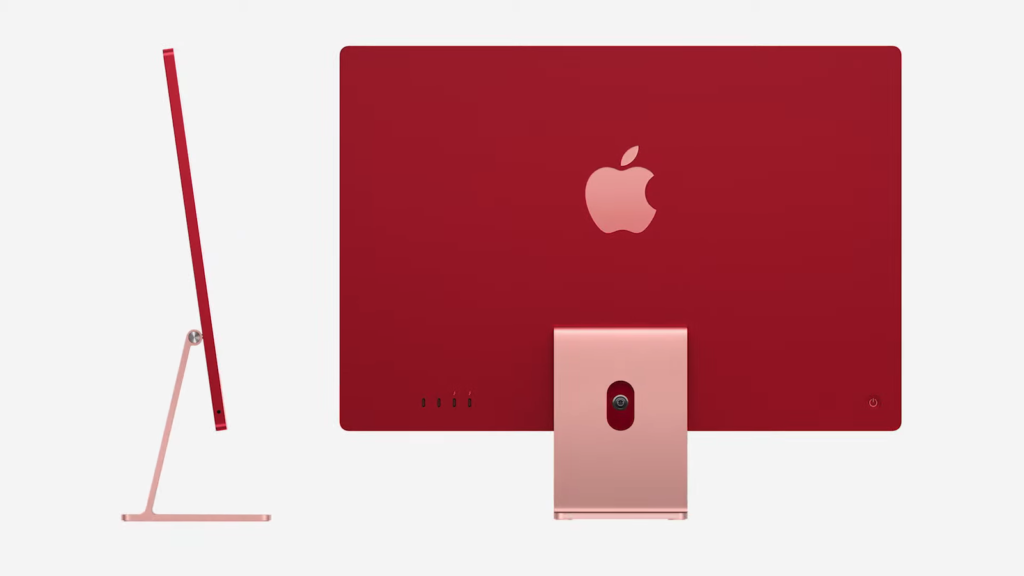
When Amazon Echo launched last year, it surprised many with its innovative features, quickly gaining popularity. Recently, Amazon expanded its Echo line with two new variants: Amazon Tap and Amazon Echo Dot. While they share similar software, their hardware differs significantly. Rather than just being budget versions of Echo, these devices target distinct user needs and stand strong on their own merits. If you’re considering a purchase, understanding these differences is crucial.
Without delay, let’s compare the design and size of Amazon Echo, Tap, and Echo Dot:
Design and Size
Amazon’s speaker/smart home line-up, ranging from tall to short, reflects a deliberate design choice for size. The Echo stands tall, the Tap is medium-sized, and the Echo Dot is short. Detailed dimensions and weights are provided in the article’s table.
All three devices offer volume control on the top ring, alongside other controls. In terms of hardware buttons and LED lights, the Echo and Echo Dot share similarities, featuring LED light rings and buttons for action and mute.
In contrast, the Tap includes physical buttons for microphone activation, power, WiFi/Bluetooth, and dedicated music controls, as well as front light indicators. Collectively, these Amazon devices exhibit exceptional design.
Amazon Echo Dot
Connectivity
Regarding connectivity, the Echo, Tap, and Echo Dot support WiFi and Bluetooth. The Echo and Echo Dot offer Dual-band (2.4 GHz and 5 GHz) technology and support the 802.11a/b/g/n standard, while the Amazon Tap features a single-band (2.4 GHz) modem supporting 802.11b/g/n.
For audio playback via Bluetooth & AUX, you can use your smartphone with the Echo over Bluetooth and with the Tap over Bluetooth & AUX. However, the Echo Dot functions primarily as a hub for external speakers, supporting music playback only via Bluetooth or AUX (3.5 mm jack).
Speakers
The Amazon Echo and Tap prioritize being smart speakers. The Echo boasts a robust 360-degree sound system with a 2.5-inch woofer and 2.0-inch tweeter.
However, Tap offers a compact 360-degree sound system with dual 1.5-inch drivers, dual passive radiators for bass, and Dolby audio support. Noticeably, the Echo Dot stands alone in its ability to connect to an external speaker for music playback. This distinction arises from its lack of a full-size speaker, unlike the Echo and Tap. The Echo Dot features only a small speaker, adequate for Alexa’s voice feedback. Therefore, to enjoy music through the Dot, you must connect an external speaker.
Power
The Amazon Echo, Echo Dot, and Tap serve distinct purposes: Echo and Echo Dot are home devices, whereas Tap is portable. Echo and Echo Dot require constant power from an outlet, whereas Tap operates on battery, boasting 9 hours of continuous audio playback as per Amazon’s claims. Additionally, Tap comes with a convenient charging cradle.
Distinct Alexa Features
We appreciate Amazon’s equal treatment of devices regarding Alexa features. All three devices operate on the same Alexa OS, enabling tasks such as playing music from Amazon, Spotify, or your smartphone, controlling smart home devices, delivering weather updates, news, and answering questions. Additionally, Alexa Voice Shopping allows shopping on Amazon, and third-party services integration facilitates actions like booking an Uber or ordering Domino’s pizza.
However, there’s a distinction. While the Amazon Echo and Echo Dot are always-listening devices activated by the wake word “Alexa,” the Tap requires manual activation by pressing the microphone button.
Price and Availability
Currently, the three Amazon devices are exclusively available in the US. The Amazon Echo ($179.99) and Tap ($129.99) can be purchased from Amazon.com, while the Echo Dot ($89.99) can only be bought through Alexa Voice Shopping, requiring an Amazon Echo or Amazon Fire TV for ordering.
Specs Comparison
| Echo | Tap | Echo Dot | |
|---|---|---|---|
| Dimensions | 9.25 x 3.27 x 3.27 inches | 6.2 x 2.6 x 2.6 inches | 1.5 x 3.3 x 3.3 inches |
| Weight | 1045 grams | 470 grams | 250 grams |
| Buttons | Mute, Action | Mic, WiFi/Bluetooth, Power, Playback | Mute, Action |
| Lights | Light Ring | Front Light Indicators | Light Ring |
| WiFi | 802.11a/b/g/n Dual Band (2.4 GHz and 5 GHz) | 802.11b/g/n Single Band (2.4 GHz) | 802.11a/b/g/n Dual Band (2.4 GHz and 5 GHz) |
| Bluetooth Audio Input | Yes | Yes | Yes |
| Bluetooth Audio Output | No | No | Yes |
| AUX Audio Input | No | Yes | No |
| AUX Audio Output | No | No | Yes |
| Speaker | 360-degree sound system (2.5-inch woofer and 2.0-inch tweeter) | 360-degree sound system (Dual 1.5-inch drivers and dual passive radiators for bass extension) | Small Speaker only for Alexa voice feedback |
| Power | Adapter (not portable) | Battery Rated for 9 hour continuous playback (portable) | Adapter (not portable) |
| Alexa Activation | Voice or Action button | Mic button | Voice or Action button |
| All Alexa Features | Yes | Yes | Yes |
| Price | $179.99 | $129.99 | $89.99 |
Amazon Echo vs Tap vs Echo Dot: Which to Buy?
Now, after comparing the features and specs of the Amazon devices, let’s delve into the pros and cons of each:
Amazon Echo
Pros:
- Decent speaker
- Far field voice recognition
- Voice activation support
Cons:
- Not portable
- Pricey

Pritam Chopra is a seasoned IT professional and a passionate blogger hailing from the dynamic realm of technology. With an insatiable curiosity for all things tech-related, Pritam has dedicated himself to exploring and unraveling the intricacies of the digital world.




